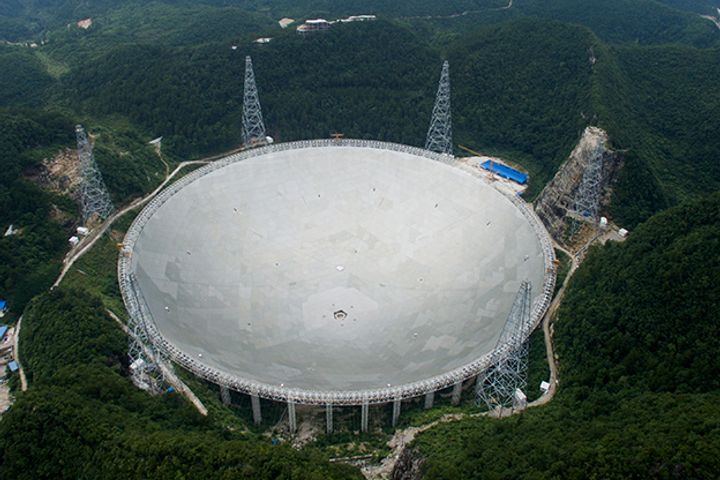

(“thick disc”) stars and low- (“thin disc”) stars. Substantial separation in birth ratios between high. Trends in the MaNGA integral field survey of nearby galaxies.

The stellar N/O trend agrees well with DopitaĮt al.’s calibration of gas phase log(N/O) with metallicity, and with gas phase Applying mixing corrections to theĪPOGEE abundances removes the observed age-dependence of log(N/O) and log(C/N),īut it leaves trends of log(N/O) and log(C/N) with metallicity, as expectedīased on nucleosynthesis models. “extra” mixing processes fail, predicting trends with surface gravity orĮvolutionary state that are not observed. To within plausible uncertainties in the birth abundances. Our models with standard mixing can reproduce the observed trends Mixing, then apply these models to derive birth C, N, and O abundances for Masses from Kepler, we test theoretical stellar models that predict this ∼ 5100 stars with elemental abundances from APOGEE and asteroseismic Material mixed into the stars’ convective envelopes. Surface abundances of C, N, and O in red giants are affected by processed


 0 kommentar(er)
0 kommentar(er)
